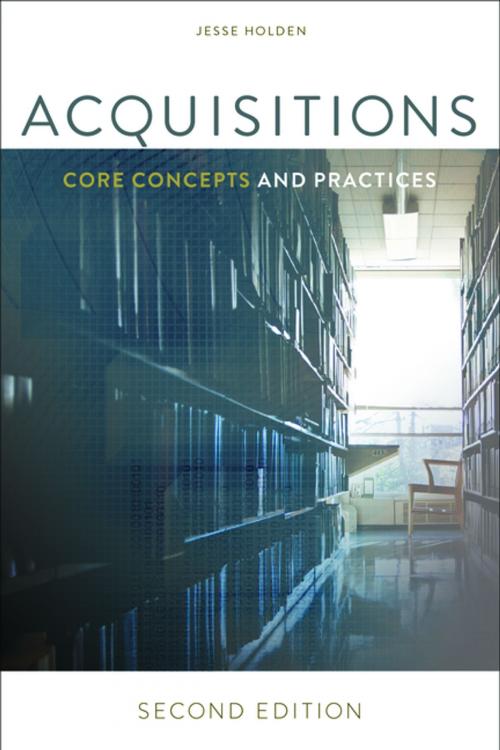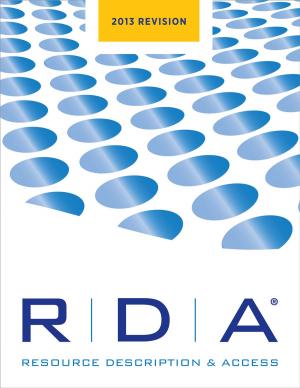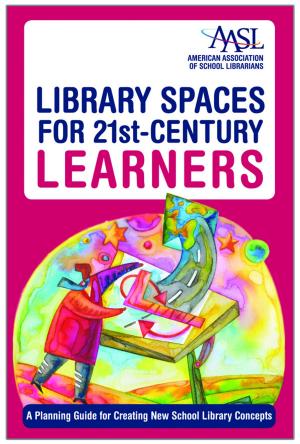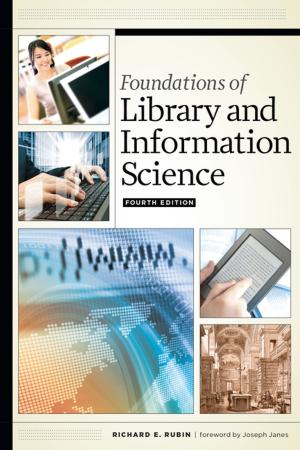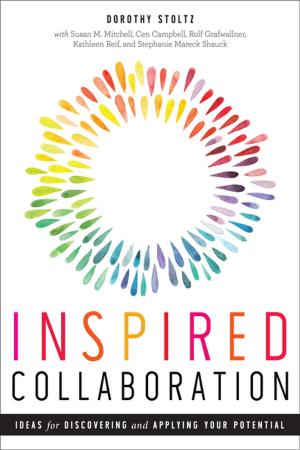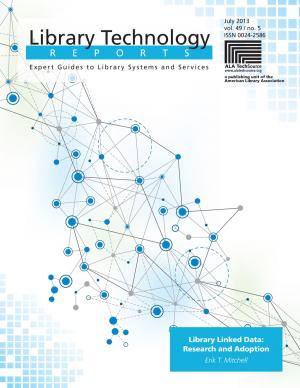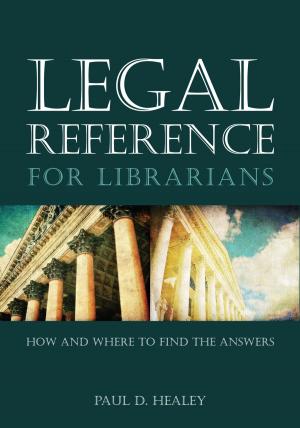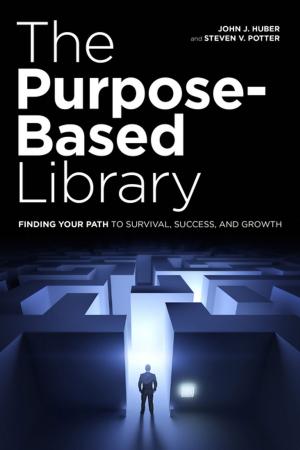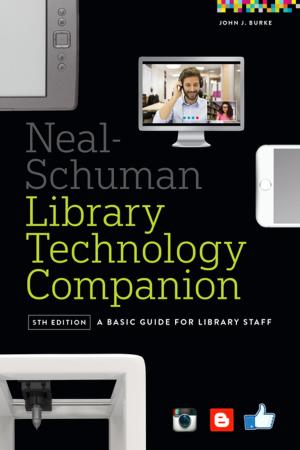Acquisitions, Second Edition
Core Concepts and Practices
Nonfiction, Reference & Language, Language Arts, Library & Information Services, Reference| Author: | Jesse Holden | ISBN: | 9780838914922 |
| Publisher: | American Library Association | Publication: | September 16, 2016 |
| Imprint: | ALA Neal-Schuman | Language: | English |
| Author: | Jesse Holden |
| ISBN: | 9780838914922 |
| Publisher: | American Library Association |
| Publication: | September 16, 2016 |
| Imprint: | ALA Neal-Schuman |
| Language: | English |
As a discipline, acquisitions encompasses everything from purchasing and budgeting to enabling access to materials; and every format from books, monographs, and serials to e-books, subscription-based electronic resources, and beyond. In this guide, Holden boils it to down to its essentials while providing a strategic framework that introduces and integrates all aspects of acquisitions. Using a holistic, hands-on approach that’s as useful for working librarians as for those studying the profession, this book provides an overview of acquisitions as a library profession, with a discussion of basic competencies, notions of ethics, and the organizing principle of “assemblage”; lays out a robust conceptual framework that unifies disparate aspects of acquisitions work and synthesizes its practical aspects; thoroughly examines content acquisitions in all formats, with an in-depth look at digital materials; covers such important trends as the rise of e-books, the ramifications of mobile devices as a mode of content access and interaction, demand-driven acquisition, and shifting expectations regarding paid-for content; tracks advancements in technology, including the widespread implementation of discovery services for content searching; underscores the responsive service component of acquisitions as informed by user expectations, community feedback, and usage standards such as COUNTER and SUSHI; addresses budgetary issues such as changes in services offered by vendors and subscription agents, and the emergence of a “new normal” for budget constraints and expectations resulting from the recession; and looks ahead to what anticipated changes to acquisitions means for the future Presenting a model that’s both comprehensive and flexible, Holden demonstrates how technical competencies and ethical imperatives can inform the day-to-day workflow of acquisition librarians.
As a discipline, acquisitions encompasses everything from purchasing and budgeting to enabling access to materials; and every format from books, monographs, and serials to e-books, subscription-based electronic resources, and beyond. In this guide, Holden boils it to down to its essentials while providing a strategic framework that introduces and integrates all aspects of acquisitions. Using a holistic, hands-on approach that’s as useful for working librarians as for those studying the profession, this book provides an overview of acquisitions as a library profession, with a discussion of basic competencies, notions of ethics, and the organizing principle of “assemblage”; lays out a robust conceptual framework that unifies disparate aspects of acquisitions work and synthesizes its practical aspects; thoroughly examines content acquisitions in all formats, with an in-depth look at digital materials; covers such important trends as the rise of e-books, the ramifications of mobile devices as a mode of content access and interaction, demand-driven acquisition, and shifting expectations regarding paid-for content; tracks advancements in technology, including the widespread implementation of discovery services for content searching; underscores the responsive service component of acquisitions as informed by user expectations, community feedback, and usage standards such as COUNTER and SUSHI; addresses budgetary issues such as changes in services offered by vendors and subscription agents, and the emergence of a “new normal” for budget constraints and expectations resulting from the recession; and looks ahead to what anticipated changes to acquisitions means for the future Presenting a model that’s both comprehensive and flexible, Holden demonstrates how technical competencies and ethical imperatives can inform the day-to-day workflow of acquisition librarians.
